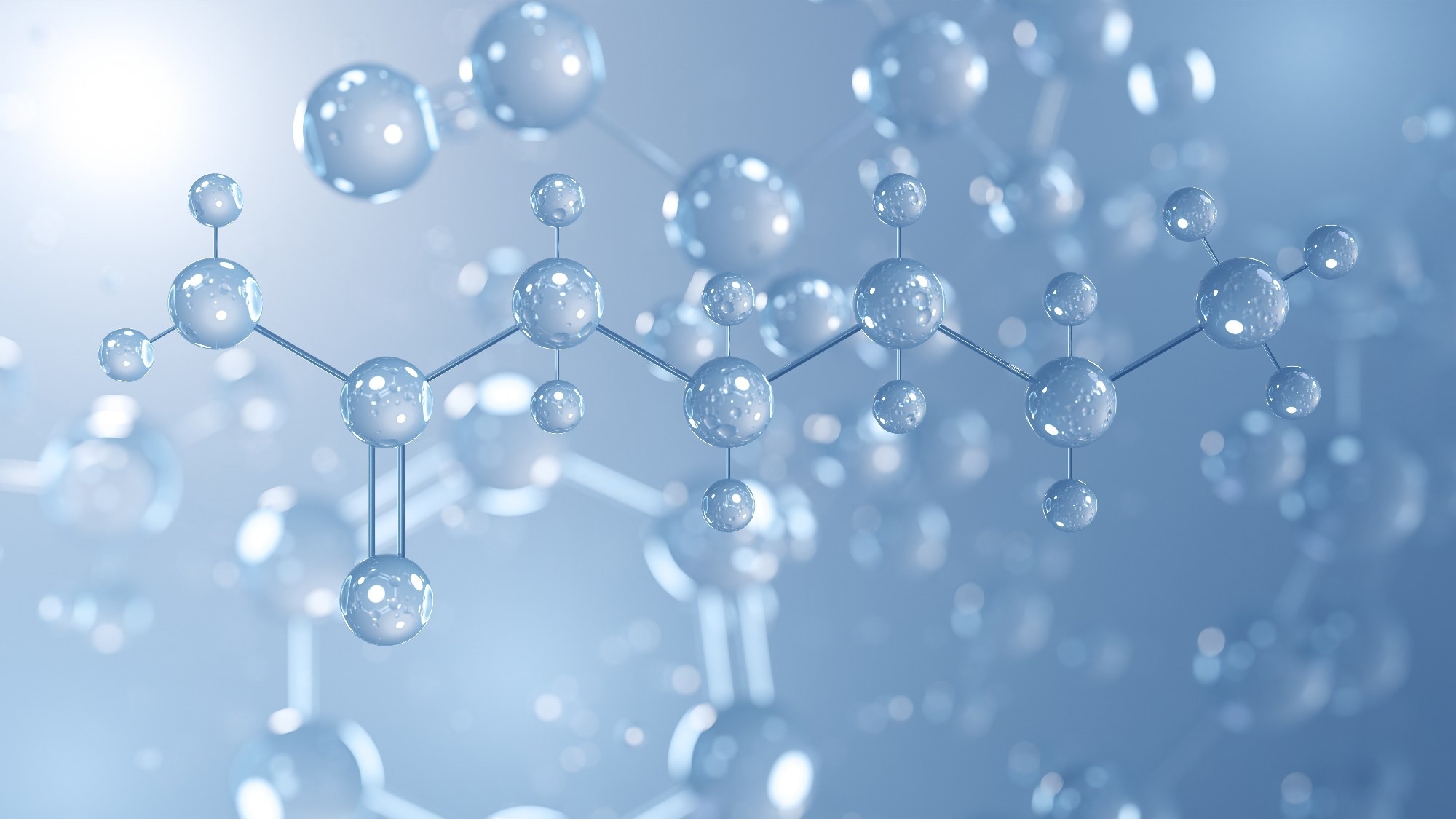Enhancing Hydrogen Evolution: Surface Charge Modulation in COFs for Improved Photocatalysis
Key Ideas
- Modifying surface charge through linkage chemistry in COFs enhances Pt photodeposition and catalytic activity for hydrogen evolution.
- Conversion from imine to amide linkages in COFs significantly increases hydrogen evolution rates, with the amide-linked COF showing a 300% improvement.
- Controlled surface charge influences Pt particle size and distribution, hydrophilicity, light absorption, and charge separation, all contributing to higher photocatalytic performance.
- The study highlights the potential of COF-based systems in clean energy applications and the importance of interfacial engineering for renewable energy technologies.
The research discussed in the article focuses on the modification of surface charge in covalent organic frameworks (COFs) to enhance photocatalytic hydrogen evolution. COFs are considered promising for this application due to their porous structures, stability, and tunable properties. By converting imine to amide linkages in a thiophene-based COF system, researchers altered surface charge characteristics, leading to improved photocatalytic performance. The study involved synthesizing two variants of COFs, analyzing them using various techniques, and evaluating their photocatalytic activity under visible light.
The results showed that the amide-linked COF exhibited a significantly higher hydrogen evolution rate compared to the imine-linked counterpart. The surface charge modifications influenced Pt photodeposition, particle size, hydrophilicity, light absorption, and charge separation, all contributing to the enhanced performance. The study emphasizes the role of surface charge modulation in optimizing COF-based systems for hydrogen production via photocatalysis.
Additionally, the findings suggest broader applications beyond hydrogen evolution, indicating potential for carbon dioxide reduction and environmental pollutant breakdown. The tunability of COFs allows for the design of customized catalysts for specific energy conversion and storage needs. This research highlights the significance of interfacial engineering in advancing materials for clean energy and environmental technologies.
In conclusion, the study presents a scalable approach to enhancing the efficiency of COFs in photocatalytic processes. By manipulating the surface charge properties through linkage chemistry, researchers achieved notable improvements in hydrogen evolution rates. The insights gained from this work may pave the way for developing cost-effective and high-performance photocatalytic systems, contributing to the sustainability of renewable energy solutions.
Topics
Production
Renewable Energy
Clean Energy
Catalysts
Material Science
Energy Conversion
Photocatalysis
COFs
Environmental Technologies
Latest News
